Updated : 08/08/2024
Overview
Dayton, Ohio, adopted the 2019 Ohio Residential Code (based on the 2018 IRC). Dayton, OH, Muni. Code § 153.01 (adoption) and § 153.03 (amendments). Dayton, Ohio, adopted the 2024 Ohio Building Code (based on the 2021 IBC). Dayton, OH, Muni. Code Dayton, OH, Muni. Code § 153.01 (adoption) and § 153.02 (amendments). Dayton, Ohio, adopted the 2024 Ohio Existing Building Code (based on the 2021 IEBC). Dayton, OH, Muni. Code § 153.01 (adoption) and Dayton, Ohio, “Building Codes.”
Helpful resources for Dayton, Ohio include the following.
Residential Building Code
Ohio adopted a statewide mandatory residential code that will control; however, local governments are free to make laws more strict (with some limitations).See PLRB,
Ohio Building Codes for more information on state level codes.
Dayton adopted the 2018 IRC, locally. Note that adoptions usually come with amendments. So, it is important to review those amendments in addition to the unamended model code.
You can find a copy of the model code here.
You can find information about the adoption without amendment to the model code
here.
Auto Search - beta:
2019 Residential Code of Ohio (2018 IRC)(Dayton, OH Sec. 153.04. - General provisions of the Unified Building Code.)
...Sections 153.04 to 153.99, inclusive, shall apply to both the Ohio Building Code and the 1999 Ohio Residential
Code for One, Two and Three Family Dwellings as adopted by Section 153.01. Further, such Sections shall be controlling when in conflict with any of the adopted
provisions of the Ohio Building Code or the 1999 Ohio Residential Code for One, Two
and...
Drip Edge
Drip Edge: No
In Dayton, drip edge flashing is not required unless required in the manufacturer instructions. State amendments delete the model drip-edge provision in the 2018 IRC §R905.2.8.5. The drip edge provision refers readers to §§903.1 and 905.1. See Ohio Admin. Code 4101, section 8-9-1.
Ice Barrier
Are ice barriers required for Dayton ? Yes
Citation: Ohio Admin. Code 4101.8-3 - 301.2(1) (Design criteria)
Municipal Code
https://codes.ohio.gov/oac/4101:8-3-01v1Comments:
Ohio completed Table 301.2(1), Climatic and Geographic Design Criteria, and indicated that ice barriers are required. Ohio Admin. Code § 4101.8-3-01, Table 301.2(1).
Government Officials
| Last Name |
First Name |
Title |
E-mail |
Phone |
Note |
| Adams |
Scott |
Chief Building Official |
scott.adams@daytonohio.gov |
937-333-3911 |
|
| Eifert |
Robert |
Chief Building Inspector |
|
937-333-3997 |
|
Comments
Dayton, Ohio, adopted the 2019 Ohio Residential Code (based on the 2018 IRC). Dayton, OH, Muni. Code § 153.01 (adoption) and § 153.03 (amendments).
Existing Buildings
Existing buildings, meaning buildings that were built in accordance to code at the time of
construction, typically merit extra consideration in a current updated code.
No adoption of Appendix J of the adopted IRC was found in the municipal code or city ordinances
Dayton, Ohio, adopted the 2024 Ohio Existing Building Code (based on the 2021 IEBC). Dayton, OH, Muni. Code § 153.01 (adoption) and Dayton, Ohio, “Building Codes.”
Commercial Building Code
Dayton adopted the 2021 IBC, locally. Note that adoptions usually come with amendments. So, it is important to review those amendments in addition to the unamended model code.
You can find a copy of the code
here.You can find information about the adoption without amendment to the model code
here.
Auto Search - beta:
2024 Ohio Building Code (2021 IBC)(Dayton, OH Sec. 153.01. - Adoption of the Unified Building Code.)
...The building code adopted by this chapter may be referred to as the Unified Building
Code. It shall consist of the following:
(1)
All of the provisions of the Ohio Building Code, including all amendments hereafter...
Comments
Dayton, Ohio, adopted the 2024 Ohio Building Code (based on the 2021 IBC). Dayton, OH, Muni. Code Dayton, OH, Muni. Code § 153.01 (adoption) and § 153.02 (amendments).
Existing Buildings
Dayton, Ohio, adopted the 2024 Ohio Existing Building Code (based on the 2021 IEBC). Dayton, OH, Muni. Code § 153.01 (adoption) and Dayton, Ohio, “Building Codes.”
Other Building Codes
Dayton, Ohio, adopted the 2024 Ohio Plumbing Code (based on the 2021 IPC). Dayton, OH, Muni. Code § 153.01 (adoption) and Dayton, Ohio, “Building Codes.”
Dayton, Ohio, adopted the 2024 Ohio Mechanical Code (based on the 2021 IMC). Dayton, OH, Muni. Code § 153.01 (adoption) and Dayton, Ohio, “Building Codes.”
Dayton, Ohio, adopted the 2017 Ohio Fire Code (based on the 2015 IFC). Dayton, OH, Muni. Code § 153.01 (adoption) and Dayton, Ohio, “Building Codes.”
Dayton, Ohio, adopted the 2017 Ohio Energy Code (based on the 2012 IECC). Dayton, OH, Muni. Code § 153.01 (adoption) and Dayton, Ohio, “Building Codes.”
Dayton, Ohio, adopted the 2015 International Fuel Gas Code (IFGC). Dayton, OH, Muni. Code § 153.01 (adoption) and Dayton, Ohio, “Building Codes.”
Dayton, Ohio, adopted the Accessible Usable Buildings and Facilities (A117.1). Dayton, OH, Muni. Code § 153.01 (adoption) and Dayton, Ohio, “Building Codes.”
Dayton, Ohio, adopted the National Electrical Code (NFPA 70). Dayton, OH, Muni. Code § 153.01 (adoption) and Dayton, Ohio, “Building Codes.”



